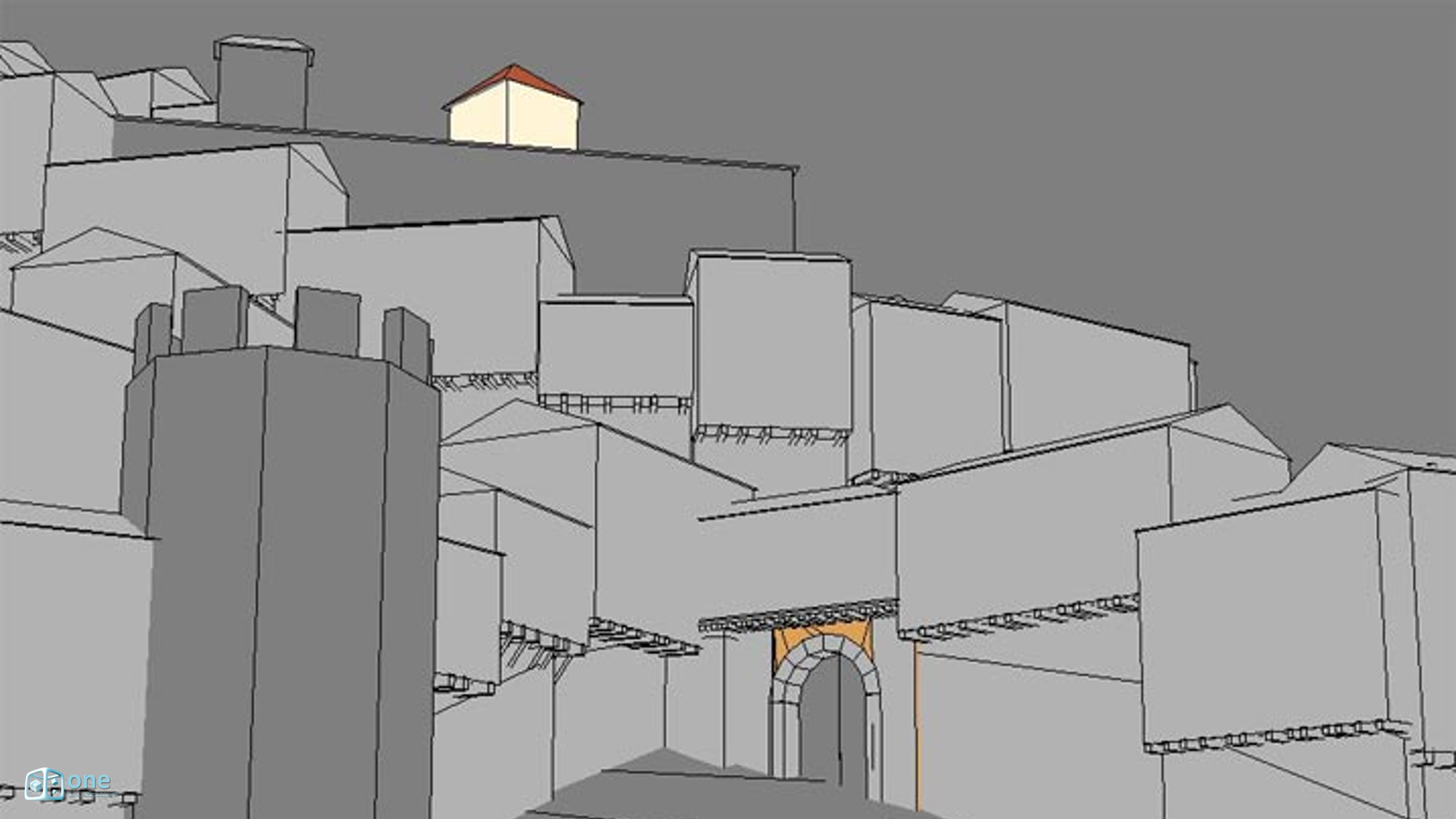Personal highlights from the “Immersive Learning Research Network 2020 Conference” #iLRN2020
Last June, I had the honor of participating in the Immersive Learning Research Network International Virtual Conference held in the VR collaboration platform VirBELA, and through live streams on iLRN’s Youtube channel.
During the 5 days Virtual Event, hundreds of speakers from all continents, conferences, panel discussions, networking meetings, poster sessions, showcases, live demos, and many other social events were organized by an amazing team of professionals and volunteers.
It is evident, that due to the #Covid and its impact worldwide, the spread of virtual events has been exponential, and with it, the opportunity to participate in global events around the world, without having to move from one place to another, suffer the terrible jet-lags and the consequent savings for the pocket. But if there is something that, especially for me, has special relevance, it is the opportunity to share experiences with experts from all over the world, which would otherwise be materially impossible. Having this wide spectrum of professionals in the same setting, event, campus, or networking activity is a unique opportunity that not everyone knows how to take advantage of and organize properly.
The organization of a global event like that is something really complex. But if this is virtual, and you have to coordinate equipment, rooms, people, and technology in real-time and at a distance … this is much more complex and is not available to everyone. This requires planning, resources, teamwork, and good technology partners. And all of this was brilliantly accomplished during Immersive Learning Research Network. So, my first words are of recognition, gratitude, and congratulations to the whole team.
Personally, it was a magnificent experience, and having the opportunity to meet great friends and colleagues was very refreshing and healthy for the mind. There is always that moment, in which you see someone, you approach to greet him … and you realize that you are an avatar, talking to another avatar … but it is you and it is him. That is really mind-blowing and fantastic at the same time. But I’m counting the days when I can really come up in person and give my friend a real hug … congratulations on that. Very good work.
Professionally and academically speaking, I found it very inspiring due to the number of conferences and presentations that I was able to attend and in which I was able to see first-hand, the real use cases of VR in academic institutions, its evolution and ongoing projects , as well as its vision and evolution for the coming years.
At this point, an article that I recently reread about «It will be 2016 the year of the definitive takeoff of VR / AR» comes to mind. And every year it seems that we keep asking ourselves the same question, without being really aware that this technology is implanted in those industries where it provides value, competitive advantages, and cost savings. But it is constantly evolving and there are multiple ways of using it and adapting to the environments of use. The truth is that there is still a long way to go and meetings like this allow us to confront experiences, opinions and evaluate the degree of progress and results of these experiences. But we will talk about this later.
My contribution was concentrated in two main activities: a presentation and the presentation of the «Magical and Mistry Tour around the Cultural Heritage» showcase.





The Magical and Mystery Tour around Cultural Heritage of Cuenca, it is a unique project experience that was born with the vision of being a cultural and transmedia platform, as multicultural support where cultural heritage, history, archeology, society, and music are accommodated. In short, a space full of life and spaces for imagination and the discovery of magical worlds, from the Islamic to Christian times to the present day. Crossroads of cultures that can be traveled today thanks to immersive technologies from a unique perspective.
More than ten years of work, from the beginnings of the first Islamic reconstructions to the integration with current 360º videos, or flights around the city from Google Earth to recognize the vestiges of those ancestors who filled the city of Cuenca with magic. Advanced 3d immersive multimedia technologies are a powerful tool to create value around the Cultural Heritage. The Magical and Mystery Tour around the City of Cuenca project is aimed to integrate Virtual Reality technologies and methodological and scientific approaches for the representation of cultures across history.
And last but not least, I want to express my most sincere gratitude to Anna Xygkou for the permanent support, and the amazing intro to my session, and the amazing team with Jonathon Richter, Heather Dodds, Donna McTaggart, Tiago Peres, Mark J. Lee, and all the friends and more I met there…Lorelle Vanfoseen, Karen Alexander, Lucia Binotti, Tim Jackson, Julie Andersen Smithson, Daniel Dyboski-Bryant, Amanda Fox, Rob Theriault, and Patrick O’Shea from Versatilist Podcast…;+)
Have a nice and safe day.
Carlos J. Ochoa Fernández ©



